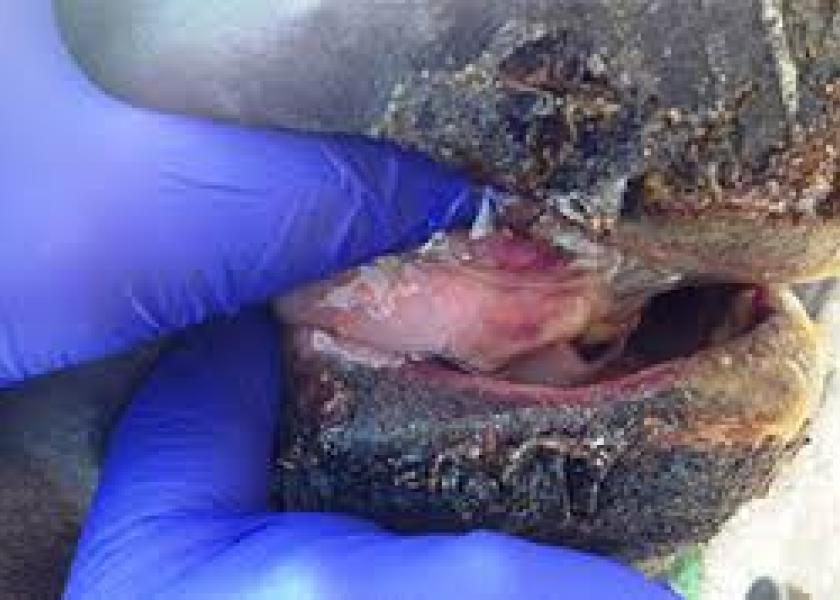Vesicular Stomatitis, Anthrax Emerge in SW

The USDA’s National Veterinary Services Laboratories in Ames, Iowa, has confirmed the first 2019 cases of vesicular stomatitis on three premises in Texas and New Mexico. The initial cases – all in horses – involve the uncommon Indiana serotype (VS-IN), not seen in the United States since 1998.
In related news, the Texas Animal Health Commission (TAHC) has confirmed at least one case of anthrax in a captive antelope on a premises in Uvalde County, with several other suspect cases under investigation in the same area.
Vesicular stomatitis is a viral disease that primarily affects horses and cattle and occasionally swine, sheep, goats, llamas, and alpacas, according to the USDA. Insect vectors including black flies, sand flies and biting midges carry the disease, with outbreaks occurring primarily during the summer. The virus also can spread from shoes, clothing, hands and contaminated equipment, making biosecurity and vector mitigation critical in controlling outbreaks. VS is zoonotic, meaning producers and veterinarians should use protective clothing and equipment and exercise biosecurity measures when handling animals suspected of carrying the VS virus.
The USDA provides situation reports and information on the current VSV cases here. Additional information on VSV is also available.
Anthrax, caused by spore-forming bacteria that persist in the soil, can infect cattle, other livestock and wildlife. Outbreaks typically occur in areas with a history of anthrax cases. In southwestern Texas, the bacteria is known to be endemic to a triangular area bound by the towns of Uvalde, Ozona and Eagle Pass, including portions of Crockett, Val Verde, Sutton, Edwards, Kinney and Maverick counties.
Animals usually die within two days of showing signs of anthrax infection, and the bacteria can infect humans, usually through contact with infected animals.
The TAHC offers an overview of anthrax and preventive measures on its website.
For more on VS and anthrax, see these articles from BovineVetOnline:
Summer Brings Risk of Vesicular Stomatitis
Wet or Dry, Watch for Anthrax in Beef Herds
How the Veterinary Lab Diagnoses Anthrax in a Beef Herd







